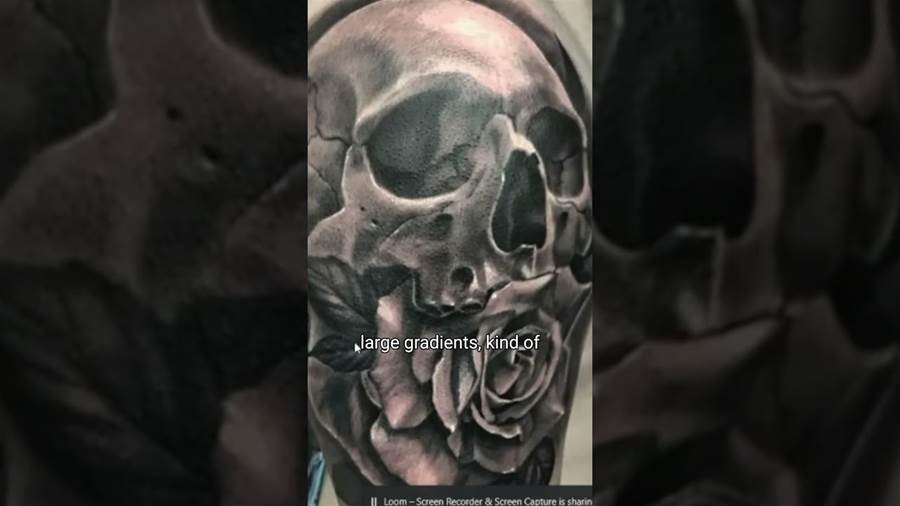

Breaking Down A Realism Portrait Part 2: Analyzing the Key Elements
In the second part of our series on breaking down a realism portrait, we will delve deeper into the crucial elements that contribute to the creation of this remarkable art form. Realism portraits are characterized by their ability to recreate human forms with meticulous attention to detail. By understanding the key elements discussed below, one can gain a comprehensive understanding of what makes a realism portrait so captivating.
The first element we will explore is the use of light and shadow. Realism portraits rely on the accurate portrayal of light and shadow to convey depth, dimension, and realistic texture.
Artists skillfully employ shading techniques to mimic how light falls on different surfaces, accentuating features and creating a three-dimensional effect. By studying the interplay of light and shadow, artists are able to bring their subjects to life on canvas.
The next significant element in a realism portrait is the meticulous rendering of details. From the texture of the skin to the strands of hair, every element is meticulously portrayed. Artists employ various techniques such as stippling, hatching, and cross-hatching to capture the minute details that define our appearance. The precision in reproducing these details not only showcases the artist's technical skill but also adds to the overall realism of the portrait.
Next, we will discuss the importance of accurate proportions. Realism portraits strive to capture the true proportions of the human face and body. Artists meticulously study facial anatomy and body structure to ensure that every feature is portrayed in the correct size and position. This attention to proportion is essential in creating a realistic representation of the subject.
Another noteworthy element of a realism portrait is the use of color and tone. Artists carefully select colors that accurately depict the subtle variations in skin pigmentation, creating a lifelike portrayal. They skillfully mix and layer paints to capture the nuances of shadows and highlights, giving depth and dimension to the subject.
The ability to balance color and tone is crucial in achieving the desired realism in a portrait.
Lastly, we will explore the concept of emotion in a realism portrait. Skilled artists go beyond faithful representation and aim to capture the essence of their subject's emotions. Whether it be a hint of a smile or a glimmer of sadness in the eyes, the portrayal of emotion adds depth and meaning to a realism portrait. Artists use subtle brushstrokes, facial expressions, and body language to convey the emotions of the subject and evoke a response from the viewers.
In conclusion, breaking down a realism portrait involves analyzing several key elements that contribute to its remarkable realism.
The interplay of light and shadow, meticulous attention to detail, accurate proportions, skillful use of color and tone, and portrayal of emotions all come together to create these captivating works of art. Understanding these elements provides us with a deeper appreciation for the technical skill and artistry involved in producing a realism portrait.
